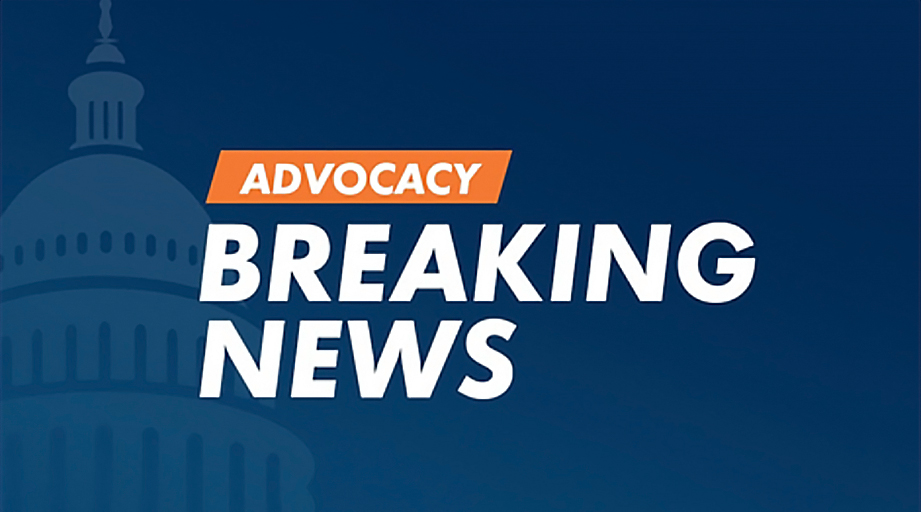
The Drug Enforcement Administration (DEA) and Substance Abuse and Mental Health Services Administration (SAMHSA) released regulations for the use of telehealth in prescribing medications for opioid use disorder (MOUD).
The DEA proposed regulations nearly two years ago and granted several extensions while finalizing the rule.
The regulations expand the circumstances under which DEA-registered practitioners are authorized to prescribe schedule III-V controlled substances via telehealth for the treatment of opioid use disorder (OUD). Previously released proposed rules would have required restrictive in-person visits and burdensome recordkeeping for a patient to receive ongoing access to MOUD through telehealth. ASHP strongly advocated against any restrictions that limited access to MOUD.
According to the new regulations, a provider may prescribe an initial six-month supply of buprenorphine through telehealth, including audio-only, after checking the prescription drug monitoring program data in the state in which the patient is located during the encounter. A pharmacist must also verify the patient’s identity before dispensing the medication. Additional prescriptions may be issued under other forms of telemedicine authorized by the Controlled Substances Act or after an in-person medical evaluation is conducted.
For more resources related to OUD and to access ASHP’s model legislation and protocol on pharmacist-provided MOUD, visit the ASHP Pain Management and MOUD Resource Center. ASHP also offers the MOUD Training Program, a self-guided online course designed to meet the SAMHSA requirements for the Medication Access and Training Expansion Act of 2023.






